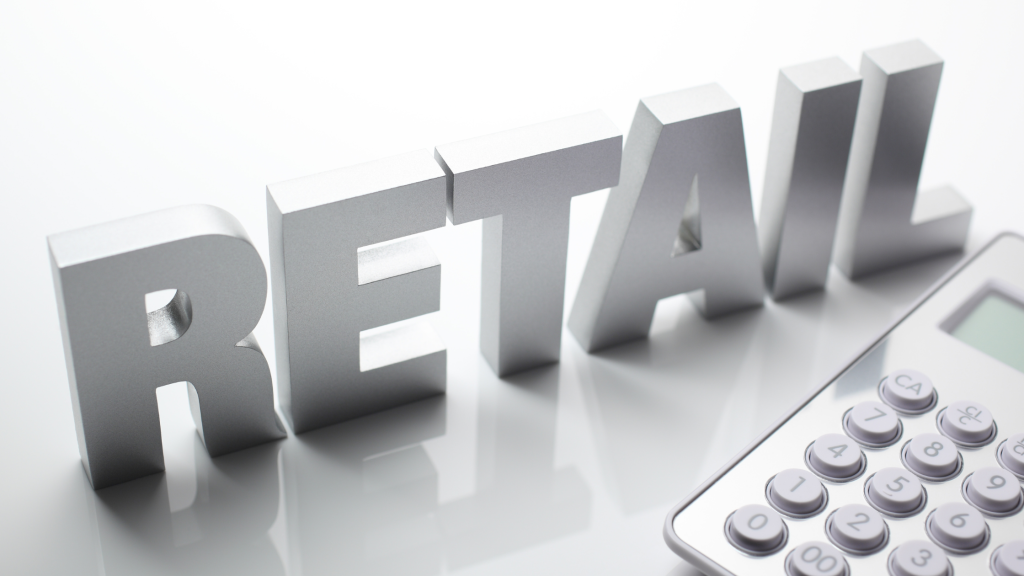Transitioning Landscapes: Integrating Traditional Retail with E-commerce Innovations
The Epochs of Traditional Retail
The Foundations of Trade and Commerce
Historically, early civilizations such as the Mesopotamians and Egyptians established the core concept of trade. Open-air markets were common, with items ranging from spices to ornaments exchanged for mutual value.
Rise of the Grand Eastern Bazaars
Cities like Istanbul and Baghdad became central hubs for commerce. Caravans filled with diverse goods from remote areas would converge at these bazaars, contributing to the exchange of not just goods but also cultures and ideas.
Department Stores: A Glimpse of Luxury
The 19th century saw the emergence of department stores in Europe. Shops like Le Bon Marché in Paris epitomized luxury, with vast product assortments housed in architectural marvels.
The American Mall Phenomenon
With the proliferation of suburban America in the 20th century, malls became more than just shopping centers. They transformed into cultural symbols, places for community interaction, entertainment, and a testament to consumerism.
The E-commerce Revolution
Birth of Online Commerce
The 90s marked the beginning of the e-commerce revolution with giants like Amazon and eBay setting up shop. They leveraged the internet’s growing reach to make products available beyond geographical boundaries.
Niche Platforms and Market Specialization
Sites focusing on specific product categories, from handmade crafts (Etsy) to high-end fashion (Net-a-Porter), emerged, offering curated experiences for discerning customers.
The Role of AI in Personalization
The integration of artificial intelligence in e-commerce has revolutionized user experiences. Algorithms predict user preferences, offering tailored product recommendations, making shopping efficient and personal.
Mobile Revolution and Omnichannel Experiences
Mobile apps bridged the gap between offline and online shopping. Features like AR try-ons and in-store availability checks made shopping a seamlessly integrated experience.
The Resilience and Relevance of Physical Stores
The Sensory Advantage
Physical stores allow customers to touch, smell, and try products, a tactile experience e-commerce can’t entirely replicate. This sensory interaction builds a deeper connection with products.
Real-time Consultations and Building Trust
Physical interactions with store assistants offer immediate clarifications, recommendations, and personal touch. This interaction often results in trust-building, fostering brand loyalty.
Experiential Retail and Pop-Up Stores
Beyond mere shopping, physical spaces are evolving into experiential zones. Pop-up stores, themed decor, and interactive sessions add novelty, making each visit unique.
Blending the Physical with Digital: The Future
The Click-and-Mortar Model
Brands are increasingly adopting a hybrid approach. While they maintain an online presence for convenience, their offline stores offer tactile experiences, resulting in a holistic brand journey.
Augmented Reality (AR) and Virtual Reality (VR) in Shopping
AR and VR technologies are bridging the experiential gap in e-commerce. From virtual trial rooms to 3D product visualizations, they offer a near-real shopping experience in the digital realm.
Smart Stores with IoT Integration
The integration of IoT devices in physical stores, like smart shelves and interactive kiosks, is redefining in-store shopping. These smart features enhance product discovery and facilitate easier purchase decisions.
Sustainable Practices in Retail
Eco-conscious consumers are influencing both online and offline retailers to adopt green practices. Be it sustainable sourcing, eco-friendly packaging, or carbon-neutral deliveries, sustainability is becoming a central theme in retail.
Envisioning the Future of Integrated Retail
Drone Deliveries and Robotic Assistance
Drones might soon become a common sight, swiftly delivering online purchases. In physical stores, robots might assist customers, enhancing efficiency.
Hyper-Personalization with Big Data
With the continuous influx of consumer data, hyper-personalization will become the norm. Brands will know customer preferences in-depth, offering highly tailored shopping experiences.
Experience-First Retail Spaces
Future brick-and-mortar stores might pivot from being mere points of sale to experience-first venues. Think themed cafes within bookstores or DIY workshops in craft stores.
The Takeaway: A Symbiotic Future for Retail
The distinction between online and offline retail will blur further. With each complementing the other’s strengths and weaknesses, the future shopper will enjoy the benefits of both, resulting in a rich, multifaceted retail landscape.

